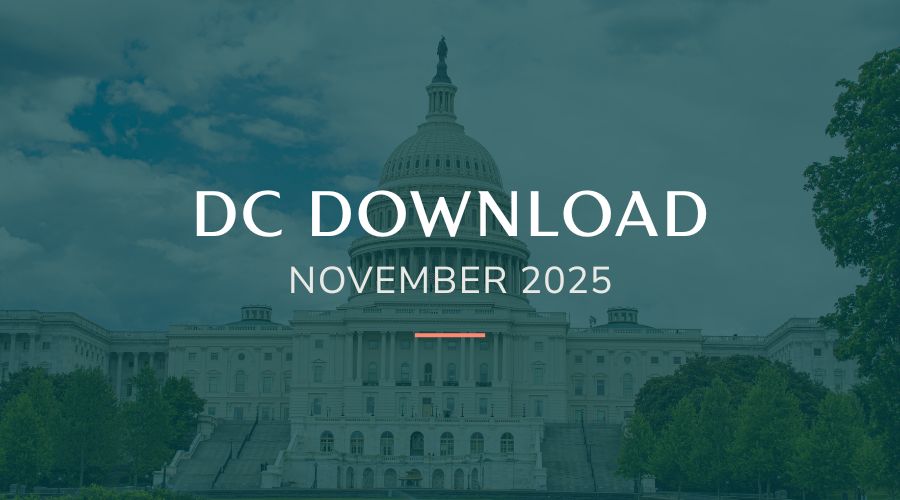Since our May roundup of research, we’ve seen yet more new insightful data and analyses. Our picks for this month’s roundup speaks to issues like the higher-ed achievement gap, racial equity, generational giving, and the nonprofit workforce. Here’s an overview of the newest research that caught our attention.
Giving USA 2018: The Annual Report on Philanthropy for the Year 2017
Charitable giving surged to a record high of more than $400 billion in 2017, but the number of Americans giving to charity is declining. That was the most general finding in Giving USA’s 2018 report on philanthropy. The report is an important annual analysis of the previous year’s charitable giving researched and written by Indiana Lilly Family School of Philanthropy and commissioned by Giving USA Foundation. In addition to data on how many Americans give and how much, the report breaks down contributions by where they come from (i.e. individuals, foundations, bequests, corporations) and to which service area the contributions were made (religion, education, human services, etc.).
More on the report:
• Charitable giving is at a record high. Here’s where we’re donating our money
The State of Black Women Founders: ProjectDiane2018
Although black women are starting businesses in record numbers, the median funding raised by all black women founders is $0. The stark underinvestment is one of a few key challenges highlighted in a new report, The State of Black Women Founders. The report comes from ProjectDiane, the data collection arm of Digitalundivided, an organization dedicated to accelerating high potential black and Latinx women founders through the start-up process. The 2018 was created in collaboration with JPMorgan Chase, as well as IS members the Case Foundation and the Ewing Marion Kauffman Foundation. In a recent discussion of the report’s findings, Digitalundivided CEO Kathryn Finney emphasized that the underinvestment poses a particularly strong challenge to the tech sector, as investors are actually looking for the untapped markets that women of color CEOs are best at galvanizing.
More on the report:
• raceAhead: Black Women Company Founders Need Investment
Prosperity Now Scorecard Local data
For several years, Prosperity Now’s annual Scorecard reports have provided a vital examination of financial health and policy recommendations to help put everyone in our country on a path to prosperity. But for the first time, they’ve taken a look at Scorecard data for congressional districts and tribal areas. Using outcome measures like wealth, business ownership and employment, housing, access to health insurance, and educational attainment, the 2018 Prosperity Now Scorecard Local Data takes the closest look yet at what U.S. communities are doing to create opportunities for Americans to build and maintain financial stability and wealth.
Annual Impact Investor Survey 2018
According to a recent survey from the Global Impact Investing Network (GIIN), the value of the impact-investing sector has roughly doubled in the past year from about $114 billion in mid-2017 to $228 billion now. Because GIIN’s numbers rely on voluntary disclosure from major players in the field, the numbers may not be exact. But if the sampling is telling of the sector’s overall growth, the interest in, and utilization of impact investment is on a steep rise. In a recent Fast Company article on the 2018 numbers, GIIN CEO Amit Bouri cited a number of possible reasons for the growth, including flexible investment options for donors and ultimately, the measurable and meaningful change investors are hoping to activate with their giving.
More on the report:
• People are really into impact investing
When Philanthropy Meets Advocacy
A new report by Susan Wolf Ditkoff of the Bridgespan Group and Patrick Guerriero of Civitas Public Affairs Group is, in a way, a response to a counterpoint to the burgeoning impact-investing sector. The counterpoint is occurring in the tax-exempt world. What Ditkoff and Guerriero noticed is that donors interested in advocacy and influencing change on important issues might be hesitating to give to charities out of genuine confusion about what can and can’t be done with their dollars through a tax-exempt entity. Their report examines how charitable organizations can take the lead as advocates for causes they care about, particularly by asking five main questions philanthropists aren’t but should be asking.
More on the report:
• Here are 5 questions designed to improve nonprofits’ advocacy work
The Business Case For Racial Equity: A Strategy For Growth
A new study released by W.K. Kellogg Foundation and Altarum Institute at the end of last month found that Michigan could gain $92 billion in economic output by 2050 if racial disparities in health, education, incarceration, and employment are eliminated. The study builds on a Michigan-specific study from 2015 and correlates with a similar national-level report on racial disparities from April. The national study estimates that the U.S. could stand to gain $8 trillion from the same interventions and time frame outlined in the Michigan study. We highlighted the Michigan study earlier this month in our summary of some of the best diversity, equity, and inclusion resources from the first half of the year.
More on the report:
• Eliminating racial disparities would have big economic payoff, Kellogg/Altarum study says
Charitable Giving and the Tax Cuts and Jobs Act
Consistent with the findings of our May 2017 body of research with Indiana University Lilly Family School of Philanthropy, the American Enterprise Institute (AEI) has published a new report this month projecting a steep decline in charitable giving under the 2017 tax law. In their investigation, report authors Alex Brill and Derrick Choe find that the impact of the Tax Cuts and Jobs Act on household charitable giving in the United States will be a decrease of as much as $17.2 billion. Four-fifths of the decline would come from the increase in taxpayers claiming the standard deduction. Brill and Choe also lay out policy options that could turn the curve, and boost giving above previous levels.
More on the report:
• New Report Projects Decrease in Giving in 2018
Growing Inequity: Large Foundation Giving to Native American Organizations and Causes
A new report by First Nations Development Institute found that large foundation giving to Native American organizations and causes has declined significantly from 2006 to 2014. The total drop in the eight-year period totals $35 million, or about $4.3 million less every year. The overall decline in funding coincides with a concurrent increase in the raw number of individual grants awarded to Native orgs and causes. The First Nations study quantifies the overall share of foundation dollars going to Native communities and highlights a challenge wherein the majority of grant dollars intended to help Native communities is awarded to non-Native-controlled nonprofit organizations.
Add Your Voice
The research summaries above are by no means an exhaustive list of the newest information out there to help us better understand the nonprofit landscape. So if we missed a report you think we should know and share about, let us know by leaving a comment!



